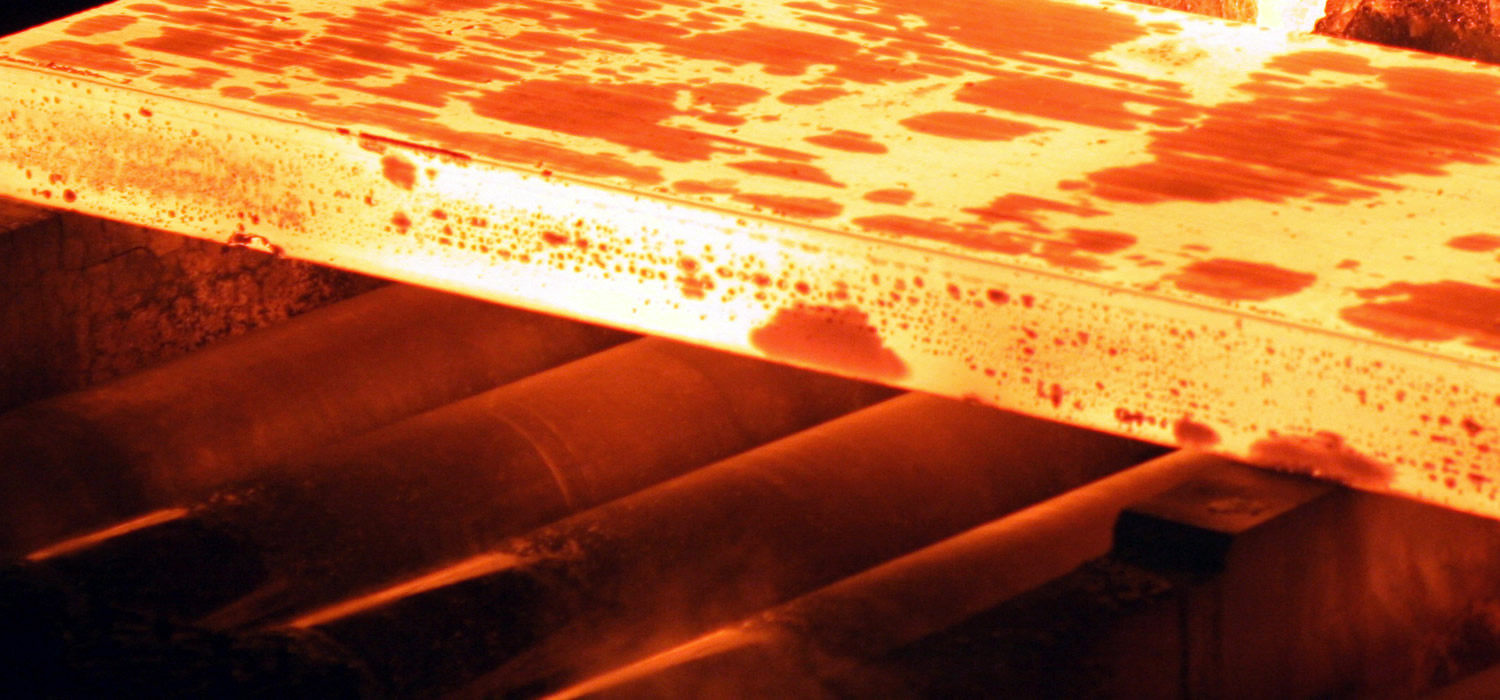Channel Marketing
Despite better quality, image and competitive price, very poor service is a huge disadvantage
A manufacturing client has a reputation for high quality. He works hard to compete on price in what he thinks is a dog-eat-dog industry. Recognizing that the image did not match the quality or value of the product, we re-branded them three or four years ago and positioned the company as a high quality high value (competitive price) against other inferior products. Based on the Burgess Value Diamond, we might expect decent growth.
The company is in the construction component industry, so while they have survived the downturn very well, they have not seen the increase in business I expected over the last year. Is the industry that bad, or is something else wrong?
Weak customer service has not been apparent, yet we have not done customer surveys so don’t really have evidence one way or the other. We have long felt that the sale to estimate ratio was too low, but had no evidence as to why. Yelp recently started to show up in search results with the client name, and included some of the worst comments I have seen. sheds light on the service department.
Now, we generally take Yelp comments with caution, (and it is rarely use for B2B or industrial) but these particular comments were really interesting. One person said they loved the product and had used it before in his house. He wanted more of the same. He raved about the quality and workmanship. However then he turned to a long diatribe on how he insisted on the brand, but re-sellers were not enthusiastic about ordering them. Really, wow, they tried to sell him another product when they were stated dealers; problem one.
Un-fazed this gentleman insisted on coming to the factory to buy the windows. Factories are rarely set up to handle end users on a single order, but he managed to get in the door and insist on an order. His story included the dusty table, poor samples, and in-attentive sales help. Well, yeah, these guys are busy taking orders in the tens of thousands of dollars all day along.
His tenacity paid off, he got his order done, and the windows were delivered, and he loved them. But he had nothing to say good about the service!
The second man, was a professional installer. He basically agreed with the assessment of the first, but added credibility to the poor service and no field support. He loved the quality and price, but stated that he only bought the brand when his customer insisted on it.
So the second problem is that the people simply do not understand consumer service levels. Sure they have valued dealers that are good at this, and an argument that they should not need to be good at this might be made. However, the issue that their own dealers would prefer to sell something else, is a double whammy.
So the company has been working like crazy to lower costs, so it can price lower even more, but the friction on customer service is so great that price doesn’t overcome it. The money that could be made in margin is sacrificed due to exceptionally poor service.
In “Finding Your Crack In The Market”, I outline the importance of spending time on image and service instead of minuscule returns on quality through elaborate Six-Sigma and continuous improvement projects. This case is similar, because the price was seen as the obstacle to overcome, however if it was a joy to do business with the company, the price could actually go up without sacrificing revenue volume. We have seen this happen time and again.
This company will need to completely re-think its customer service and order taking departments to grow. The company culture will be completely different, but the results could be dramatic for a relatively small investment compared to cost cutting and continuous improvement. (Of course continuous improvement should apply to service too!)

